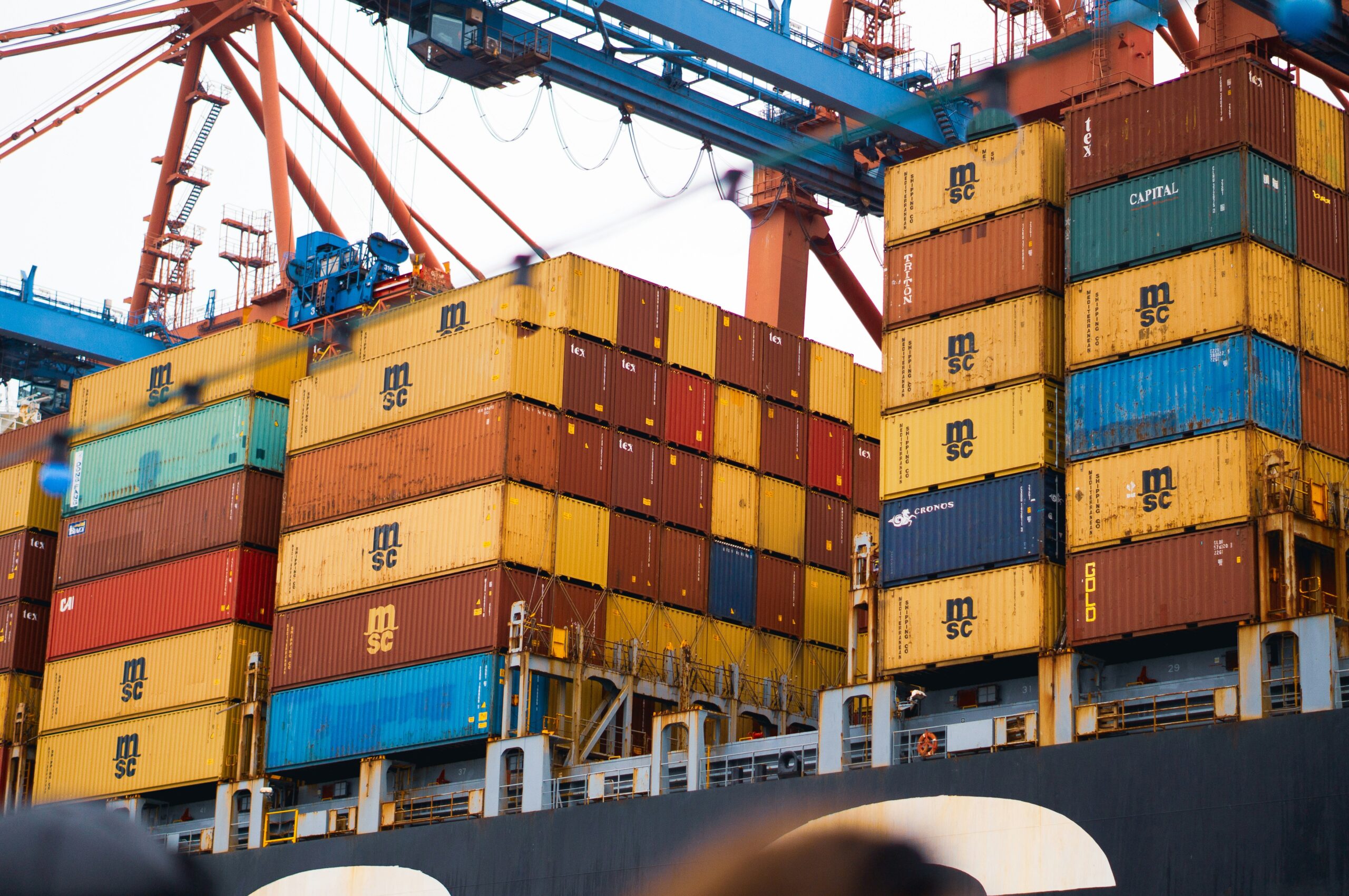According to a 2004 deal known as SAFTA, 1.6 billion people in Afghanistan, Bangladesh, Bhutan, India, the Maldives, Nepal, Pakistan, and Sri Lanka now live in a free-trade area. with the vision of adding profitable cooperation and integration. Among the major aims was to reduce customs duties on all traded goods to zero percent by 2016. SAFTA needed the developing countries in South Asia (India, Pakistan, and Sri Lanka) to bring their duties down to 20 percent in the first two-year phase period ending in 2007. In the final five-year phase ending in 2012, the 20 percent duty was reduced to zero in a series of periodic cuts. The least advanced countries in the region had an extra three years to reduce tariffs to zero. India and Pakistan ratified the convention in 2009, whereas Afghanistan as the SAARC 8th member state ratified the SAFTA protocol on 4 May 2011. The establishment of an inter-governmental group (IGG) to formulate an agreement to establish a South Asian Preferential Trade Arrangement (SAPTA) by 1997 was approved in the SAARC sixth summit.

History of SAFTA
The Agreement was signed in 2004 and came into effect on 1st January 2006, with the member countries’ desire regarding the SAARC (Afghanistan, Bangladesh, Bhutan, India, the Maldives, Nepal, Pakistan, and Sri Lanka) to promote and sustain collective trade and profitable cooperation within the SAARC region through the exchange of concessions. The agreement was reached on 6th January 2004, at the 12th SAARC peak. The SAFTA agreement came into force on 1st January 2006 and is functional following the ratification of the agreement by the eight governments.
The introductory principles underpinning the SAFTA are as follows:
- Overall reciprocity and mutuality of advantages to profit equitably for all contracting States.
- Concession of tariff reform step by step improved and extended in consecutive stages through periodic reviews.
- Recognition of the special requirements of the least developed contracting states and agreements.
- Addition of all product manufacturers and goods in their raw, semi-processed, and reused forms.
In 2011, Afghanistan joined the SAFTA. Its purpose is to encourage and elevate common contracts among countries similar to medium and long-term contracts. Contracts involving trade operated by countries, force, and import assurance in respect of specific products, etc. It involves agreements on tariff concessions like public duties concession and non-tariff concession.
Aim of SAFTA
The main aim of the agreement is to promote competition in the area and to give equal benefits to the countries involved. It aims to profit the people of the countries by bringing openness and integrity among the nations. The SAFTA was also formed to increase the position of trade and profitable cooperation among the SAARC nations by reducing the tariff and walls and also to give special preference to the least developed countries (LDCs) among the SAARC nations. It also establishes a network for more indigenous cooperation.
Seven South Asian nations view SAFTA as essential to their success in achieving trade liberalization, welfare gains, and profitable growth. The establishment of free
trade areas stems from the belief that trade liberalization improves the profitable effectiveness of any country. But this effectiveness depends on the proposition of relative
advantage, which advocates that free trade ultimately results in producing and trading only those particulars for which they have got a relative advantage. Successful trade
liberalization results in an expansion of exports and compression of imports. The World trade organization was started to institutionalize this principle of free trade. Overall, free trade areas are considered to be the power of growth and progress
Openings of SAFTA
Although South Asia has the eventuality of getting the world’s largest free trade area
through profitable integration as shown by SAFTA, it continues to be considered the world’s least desegregated region. This fact conveys communication to a fairly developed as well as the developing economy of the region to work genuinely towards the growth of the organization.



